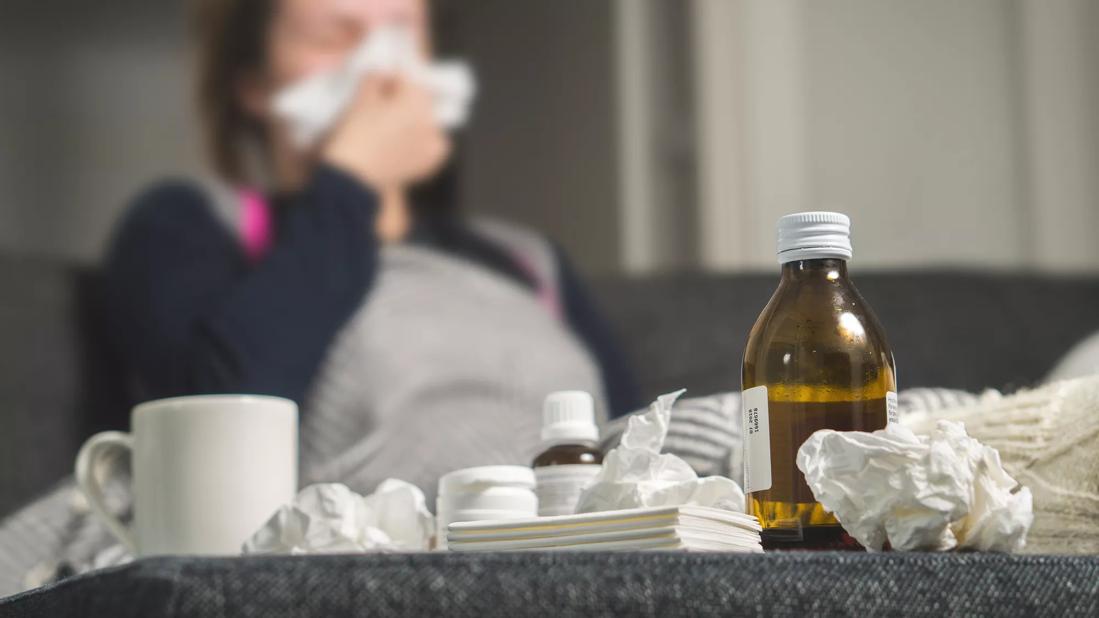Risk factors indicate who could face a more severe course of infection

As the virus (SARS-CoV-2) that causes COVID-19 continues to become better understood, several transmission routes and risk factors have been identified. These insights have been summarized by Ryan Miller, DO, and Kristin Englund, MD, in a short review included in Cleveland Clinic Journal of Medicine’s collection of COVID-19 Curbside Consults.
Advertisement
Cleveland Clinic is a non-profit academic medical center. Advertising on our site helps support our mission. We do not endorse non-Cleveland Clinic products or services. Policy
Transmission of the virus occurs via respiratory secretions and saliva. Droplets are expelled through the mouth or nose and can directly land on the mucous membranes (mouth, nose, eyes) of another person. Indirect transmission is also possible either from droplets landing on the skin of another person who then touches his or her mucous membranes or from touching a surface that has been infected. The virus can live on surfaces for one to several hours, though the viability of the virus depends on the surface material. For that reason, surfaces that are touched frequently should be cleaned with antiviral solutions at least every 24 hours.
Based on the Diamond Princess cruise ship COVID-19 outbreak, the number of cases an infected person will cause, also known as reproductive number (R0), appears to be 2.28, which is much smaller than the R0 of measles (12 to 18) but greater than influenza (0.9 to 2.1).
Asymptomatic shedding of the virus does occur and may account for up to 60% of the cases. Viral shedding can occur up to 5 days before symptoms appear.
Several risk factors have been identified as being associated with a more severe course of COVID-19. These include:
Advertisement
In addition to outlining the above evidence on transmission and risk factors for COVID-19, Drs. Miller and Englund review procedures during which aerosolization of the virus can occur and associated recommendations for the use of personal protective equipment. They also discuss best practices for social distancing and the use of cloth masks to contain community viral spread.
The full article, with references, from Cleveland Clinic Journal of Medicine’s COVID-19 Curbside Consults is available here.
Advertisement
Advertisement

Patients report improved sense of smell and taste

Clinicians who are accustomed to uncertainty can do well by patients

Unique skin changes can occur after infection or vaccine

Cleveland Clinic analysis suggests that obtaining care for the virus might reveal a previously undiagnosed condition

As the pandemic evolves, rheumatologists must continue to be mindful of most vulnerable patients

Early results suggest positive outcomes from COVID-19 PrEP treatment

Could the virus have caused the condition or triggered previously undiagnosed disease?

Five categories of cutaneous abnormalities are associated with COVID-19